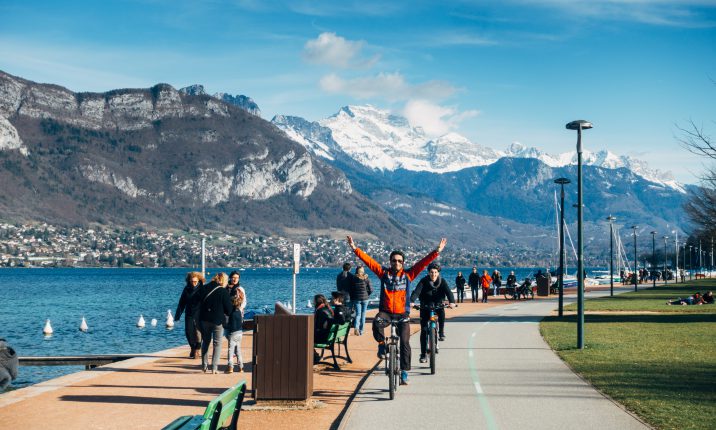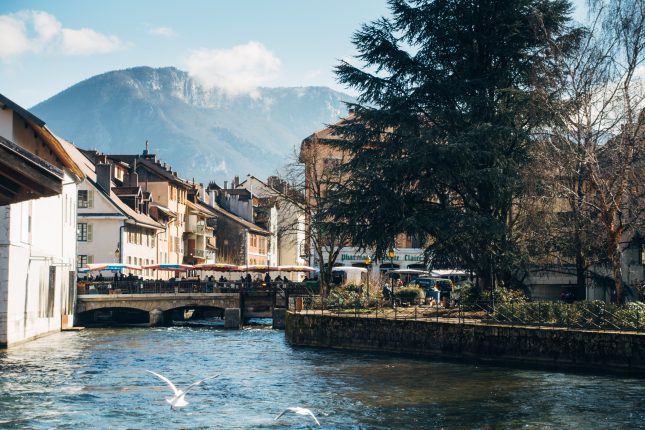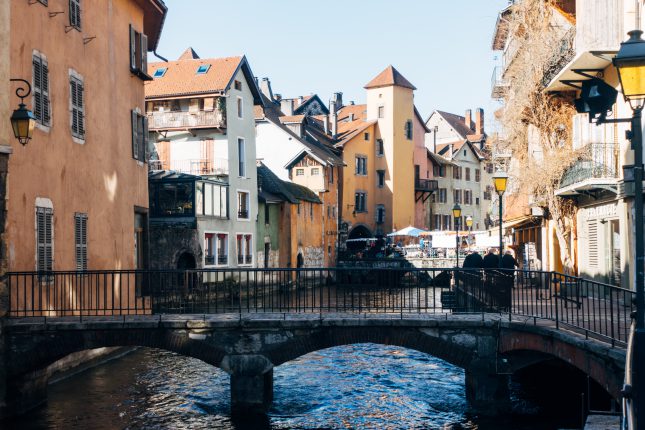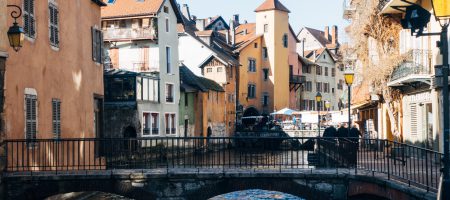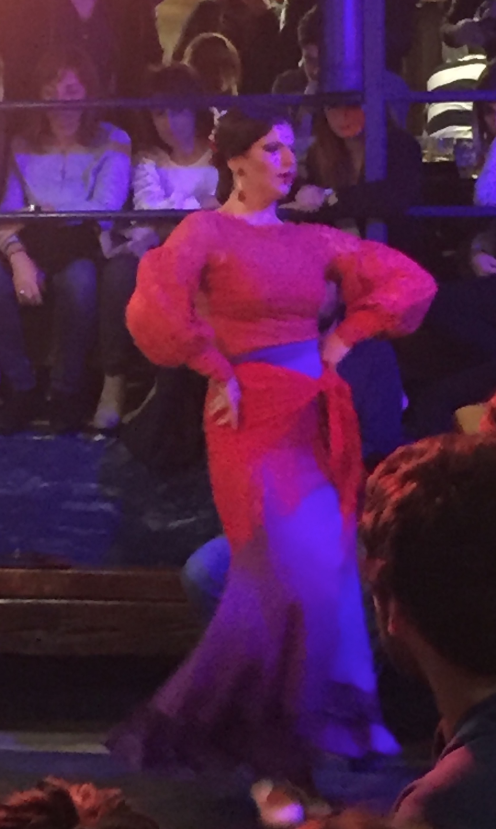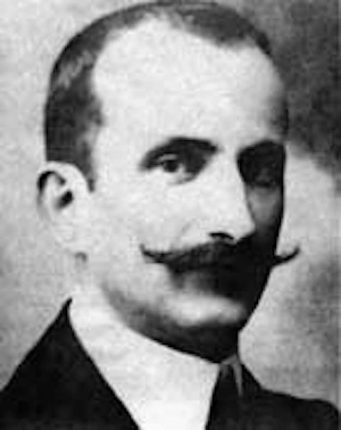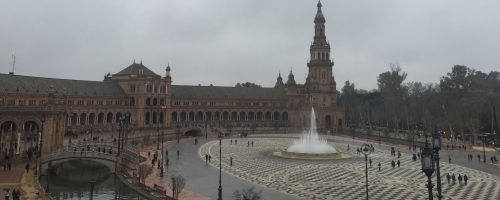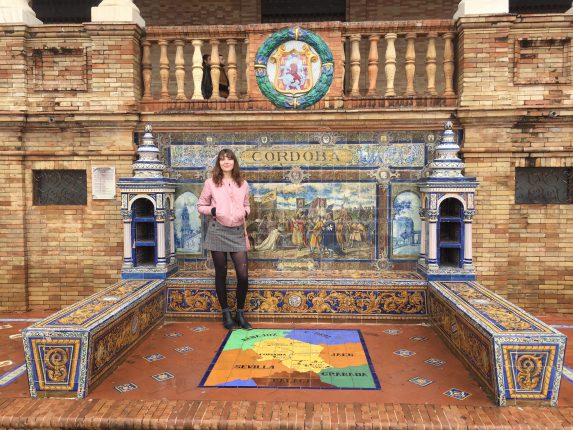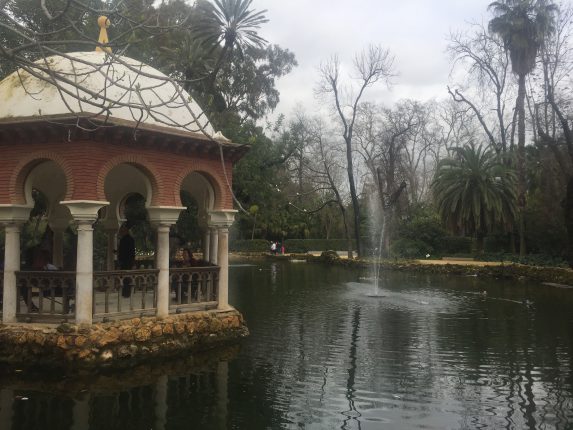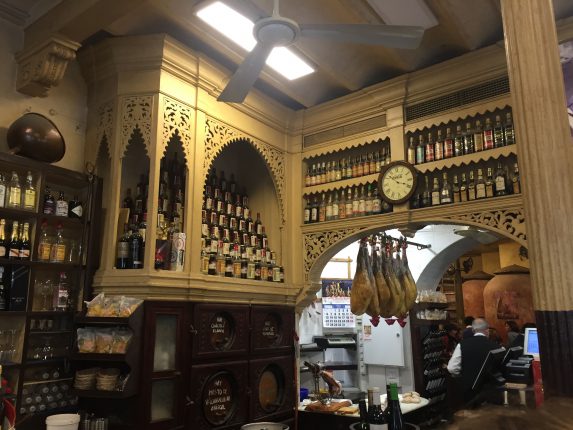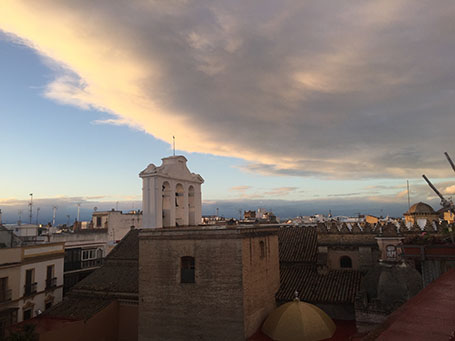France | An Idiot Abroad: Antsy for Annecy
By Barry Yang
Exiting from Brexit
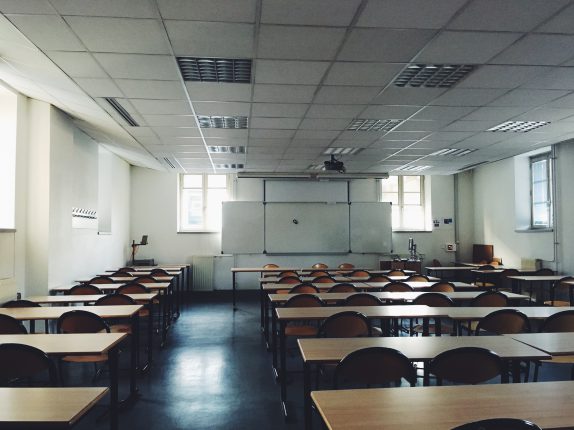
Metros on Metros
Living in Los Angeles and San Diego all my childhood, I have not experienced true public transportation. Although buses and now the metro-link exist in Los Angeles, both of these pale in comparison to the public transit in Lyon and even just Europe. Lyon’s public transit is run by the company TCL. TCL has four subway lines, four tramway lines, and over one hundred bus lines. You can essentially get anywhere in the city with the public transit system. I use to only take two tramways because those were the only ones I knew and I really did not want to deviate, get lost, and be an hour late to class. However, after I got the TCL iPhone application my life completely changed. The app outlines the quickest modes of transportation for you at the time and ensures that you will arrive at your destination by a time you specify. It is also advisable to get a TCL metro card which is about thirty euros a month for students but allows you unlimited rides. A normal ticket costs 1.8 euros and lasts only an hour from the time of first scan. However, many Lyon locals do not even buy a ticket when they are traveling one or two stops because ticket enforcement is incredibly lax. This may soon change though; my host brother just informed me that TCL has employed undercover agents and will be more strict on enforcement.
Antsy for Annecy
The city of Annecy appears on essentially every list when you look up “best small towns in France.” The town is situated by a huge lake as well as the Rhone-Alps. There’s also a river that runs straight through the center of town and quaint old buildings are built around it. When we visited Annecy, we got there on a Friday which just happened to be a market day. We got to try some very local food and was stuffed for about 10 euros a person. We had some potatoes and cheese with baguette, smoked ham, traditional French sausage, local baguette sandwich, as well as a good amount of fresh ice cream (yes all for 10 euros). This trip to Annecy was also the first time we used BlaBlaCar (a European ride sharing service). We usually opt for busses with Ouibus or Flixbus when traveling to locations close to Lyon because tickets are only around 10 euros. However, this time, BlaBlaCar worked out to be a better deal and more suiting for our schedule. While the ride was not horrible, I definitely would not recommend sitting in a standard French car for more than a hour. Firstly, the cars here just physically feel smaller than American cars. The drivers also try and pack as many people as legal possible into said small cars so one can kiss goodbye to leg room or shoulder room. Driving in France also feels more reckless and dangerous than in the US (this may be a biased opinion though considering I do not understand French driving laws). Even though the ride is not all that great, BlaBlaCar is still an amazing budget-friendly way to travel and allows you to meet some French locals and really drive through the French countryside familyesque style.
